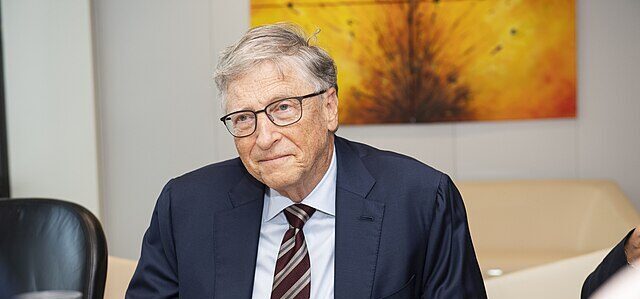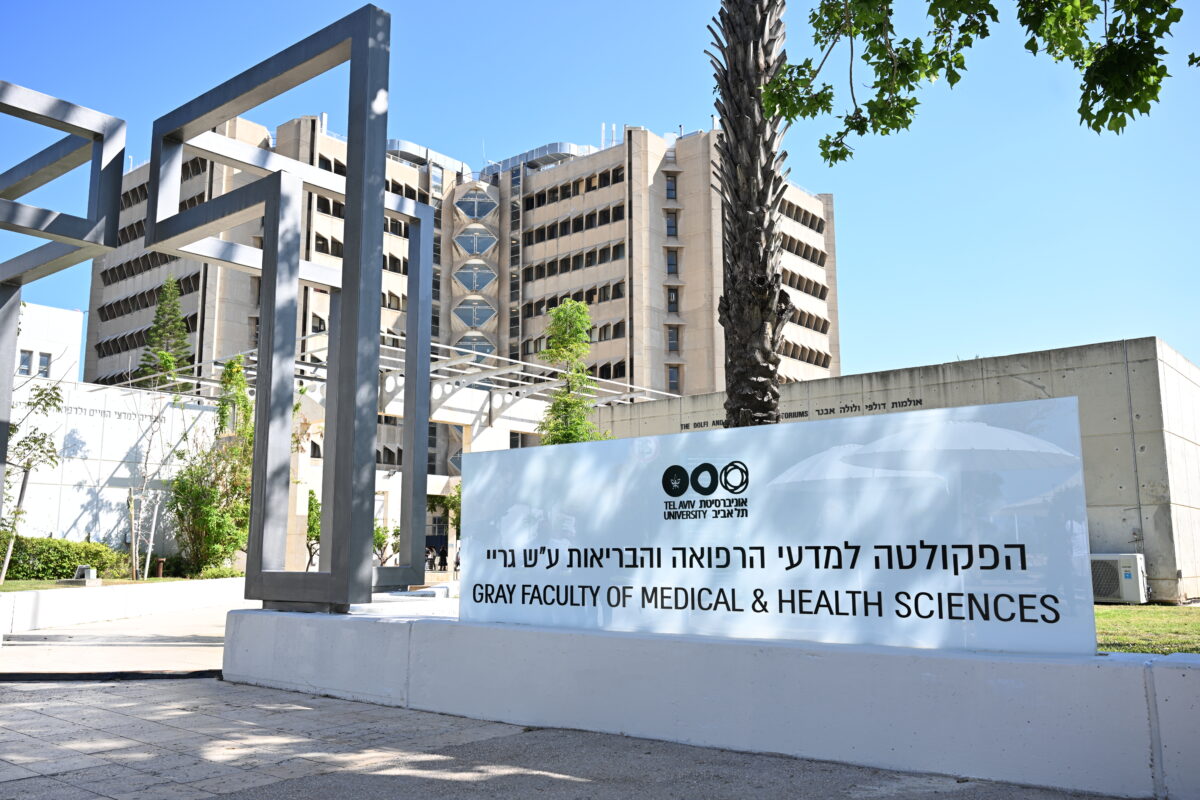I write this from California, still in a record drought and paradoxically receiving enormous rain — floods and blizzards in places that have rarely, if ever, experienced such weather. And to add to the paradox, we have battled devastating fires, among many other climate-related disasters. Despite this, the actions of those on the front lines of the climate crisis continue to inspire. Because of them, I see a future that is already underway and being forged by environmental justice communities here and around the globe. It is our job as funders to enable bringing this future to fruition now.
We at Hidden Leaf know that one of the most transformative things we can do to bring this beautiful world — one in which we and other living beings in our ecosystems live in harmony with each other and the planet — into existence now is to fund early and fund big.
When we had the opportunity to do so, we did. This year, Climate Justice Alliance (CJA) launched the Reinvest in Our Power Campaign, which called on philanthropy to reallocate $100 million over the next three years away from investments that prop up the fossil fuel industry, into community-led solutions that address our interconnected economic, social and climate crises. This is just the start of dismantling the way philanthropy has learned to build and hoard wealth through investments in industries that counter the very social good we mean to accomplish.
Our concentrations of wealth and power, and the ways our endowments have been traditionally invested, have been at the expense of those who today are on the front lines of the climate crisis: Indigenous, Black, working class and people of color communities. But we can alter this trajectory by heeding the calls of environmental justice communities and directly supporting their solutions that not only address reducing greenhouse gas emissions, but solve other pieces of the environmental puzzle, like cleaning up pollution and toxins in communities, health inequity, economic disenfranchisement and systemic racism.
While it can be daunting to attempt something never done before, by engaging in transformative philanthropy, we have an opportunity to shoulder the risk together and bring into existence something beautiful and historic that will impact future generations to come forever.
We know that for many, including ourselves, funding big can feel like a stretch, but just imagine what climate solutions are going to cost us in a decade. We know it’s smarter to invest big now rather than down the road, when the resources it will take to reach real solutions may be out of reach, the sacrifices too great, and worse yet, the time not enough.
Last year, Hidden Leaf made the decision to align our investments with our grantmaking by complementing our five-year grant of $75,000 per year to CJA with an investment — our largest ever directly into a fund of community control — of $500,000 in the Reinvest in Our Power revolving loan fund (in which any profit is reinvested). We expect a 0% financial return on this investment that directly supports community-led solutions to the climate crisis like community-owned clean energy systems, zero-waste cooperatives, sustainable small businesses, urban and rural farms and greenspaces, just to name a few. These are efforts that can be replicated by the hundreds of thousands around the U.S. and the world. Our investment is just a start to support these initiatives — one that we hope will inspire our peers to do the same.
Although we began divesting years ago, we realized we needed to take a bigger leap outside of the comfort zone of traditional philanthropic practices. We learned from approaches like restorative economics and integrative capital. We looked at the experiences of Kataly Foundation and Full Spectrum Labs as examples for our own roadmap toward operating beyond that comfort zone. We knew in order to really live into being the kind of funders we say we want to be, we needed to directly invest in communities on the front lines of climate change and environmental justice because they have already been doing the work and they already hold the solutions.
In the Sunset Park neighborhood of Brooklyn, New York, for example, the first community-owned solar cooperative in the state is being built thanks to the efforts of UPROSE, the borough’s oldest Latino community-based organization. In partnership with the New York City Economic Development Corporation, Solar One and Co-op Power, UPROSE is creating an 80,000-square-foot rooftop solar garden to which residents of Sunset Park can subscribe and own a stake in, resulting in approximately 200 households and small businesses saving around 15% on their utility bills and reducing harmful pollution from dirty energy in a long-disenfranchised community.
In downtown San Antonio, Texas, Southwest Workers Union is transforming its 100-year-old building into a Regional Healing and Resiliency Hub with temporary housing, community art spaces, a community kitchen, urban gardens and more, combating gentrification with healthy innovation that serves the community rather than displacing it. This way, its neighbors can weather the housing crisis and onset of freezing temperatures and storms, and co-cultivate urban agriculture and food security in times of climate chaos.
These are just two examples of the kinds of transformative climate justice work that are created by — and will benefit — communities all across the U.S. When we see the potential, shouldering the “risk” seems like the least we could do. We have come to understand that as beneficiaries of a broken system that has benefited the few at the expense of the many, we have a duty and a responsibility to invest in and build new systems that work for all of us.
By centering our investments and decision-making in thousands of communities that are closest to the problem — and closest to the solutions — we can build a financial commons that returns to communities the access, land and capacity to self-generate wealth in ways that are regenerative and restorative. We hope you’ll join us and ensure a truly transformative philanthropy is on the rise, ready to meet the challenge at the rate and scale so urgently needed. A beautiful, ecologically resilient, and just world awaits.
As Edgar Villanueva wrote in “Decolonizing Wealth,” “Money is like water. Water can be a precious life-giving resource. But what happens when water is dammed, or when a water cannon is fired on protesters in subzero temperatures? Money should be a tool of love, to facilitate relationships, to help us thrive, rather than to hurt and divide us. If it’s used for sacred, life-giving, restorative purposes, it can be medicine.”
Supriya Lopez Pillai is the executive director and board member of the Hidden Leaf Foundation dedicated to expanding inner awareness within social change organizations in order to enhance the effectiveness of the progressive movement.
Credit:Source link



